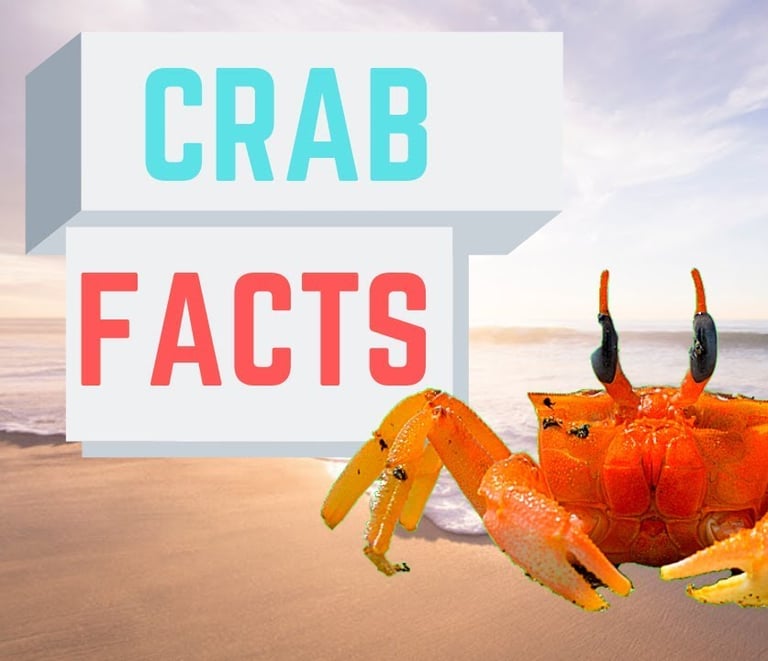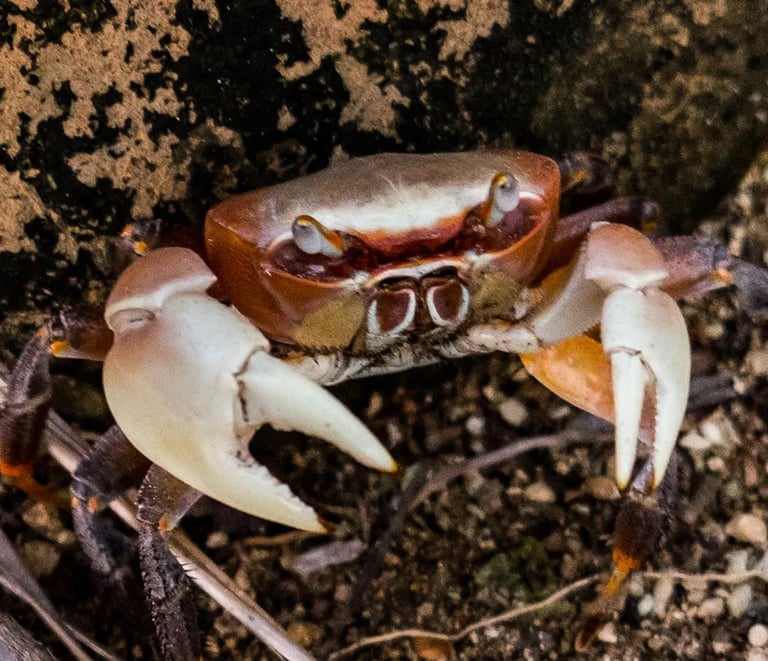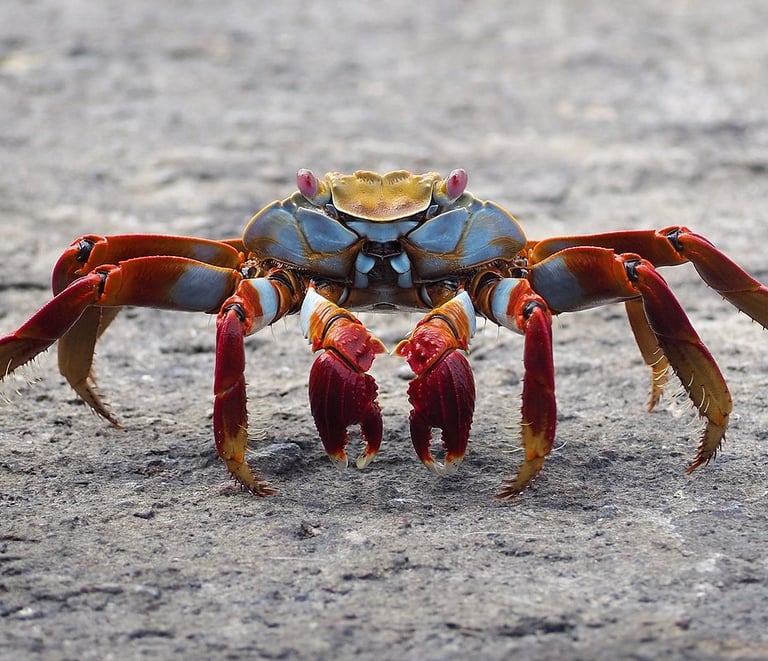Crab Trivia: Unveiling Fun Facts about Everyone's Favorite Crustacean
Crabs, with their distinctive appearance and fascinating behaviors, are a captivating species that play a significant role in marine ecosystems. Let's delve into the intriguing world of crab trivia and discover fun facts that make these crustaceans both unique and extraordinary.
CRAB STORIES
Crab Diversity: Did you know that there are over 6,800 species of crabs, ranging from the tiny pea crab, measuring just a few millimeters, to the impressive Japanese spider crab, which can have a leg span of over 12 feet?
Crab Communication: Crabs are not known for vocalizing, but they have their ways of communicating. Some species use visual signals, like waving their claws, to convey information. Others produce sounds by rubbing body parts together or drumming on their shells.
Master of Disguise: The decorator crab takes camouflage to the next level. It adorns its shell with bits of algae, sponges, and other materials from its environment, effectively blending in and becoming nearly invisible to predators.
Crab Molt Process: Crabs do not grow linearly; instead, they undergo a process called molting. During molting, a crab sheds its exoskeleton to allow for growth. The new exoskeleton is soft initially and hardens over time, leaving the crab vulnerable to predators until the hardening process is complete.
Lunar Influence: The timing of crab molting is often influenced by lunar cycles. Some species prefer to molt during specific phases of the moon, believed to be linked to tidal patterns and the availability of food.
Crabs on Land: While most crabs are associated with aquatic environments, some species have adapted to terrestrial life. Land crabs, like the coconut crab, can climb trees, live on land, and even crack open coconuts with their powerful claws.
Crab Vision: Crabs have compound eyes, which means their vision is made up of numerous tiny lenses. This unique eye structure allows them to detect motion and differentiate between light and dark but doesn't provide sharp focus.
Symbolism and Mythology: In various cultures, crabs hold symbolic significance. In ancient Greek mythology, the constellation Cancer represents a crab. In Chinese folklore, crabs are associated with good fortune and protection against evil spirits.
As we unravel the mysteries of crabs, these fascinating creatures continue to capture our imagination and remind us of the intricate wonders that exist beneath the ocean's surface. Whether you're a marine enthusiast or simply intrigued by the diversity of life on Earth, exploring crab trivia adds a layer of appreciation for these remarkable crustaceans.






